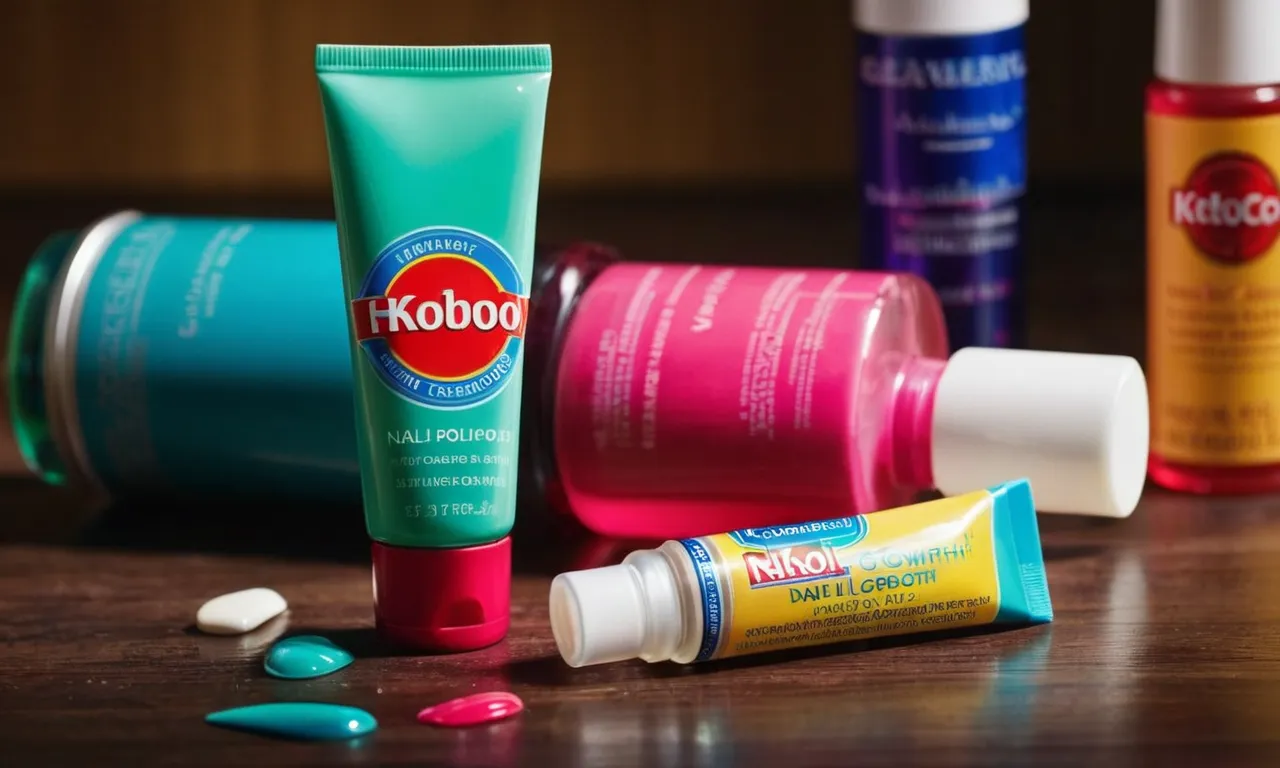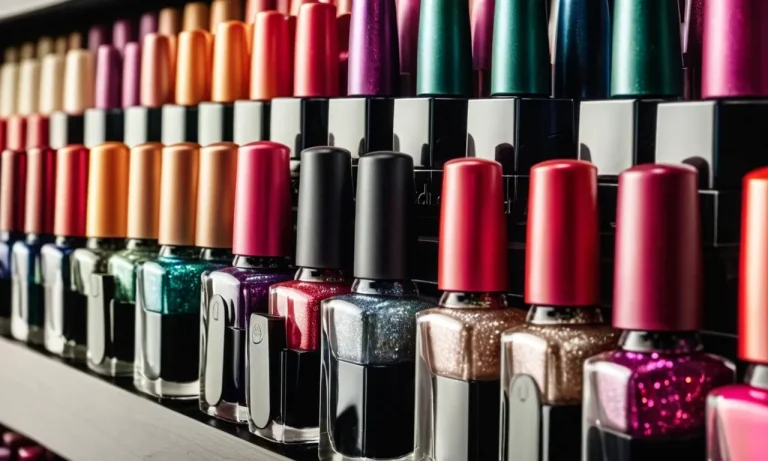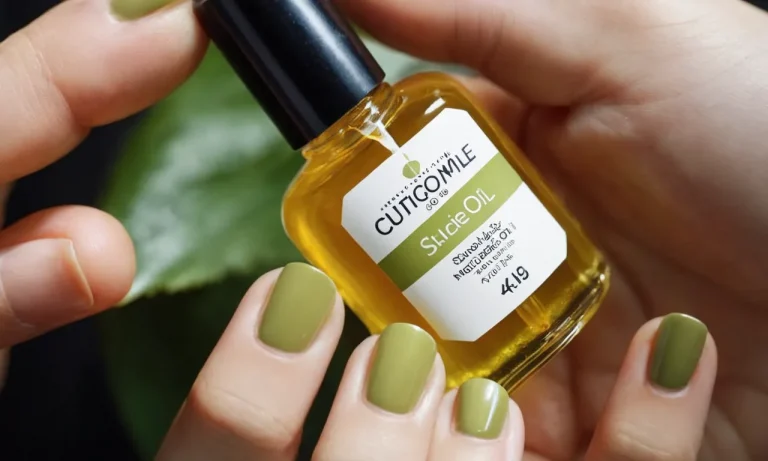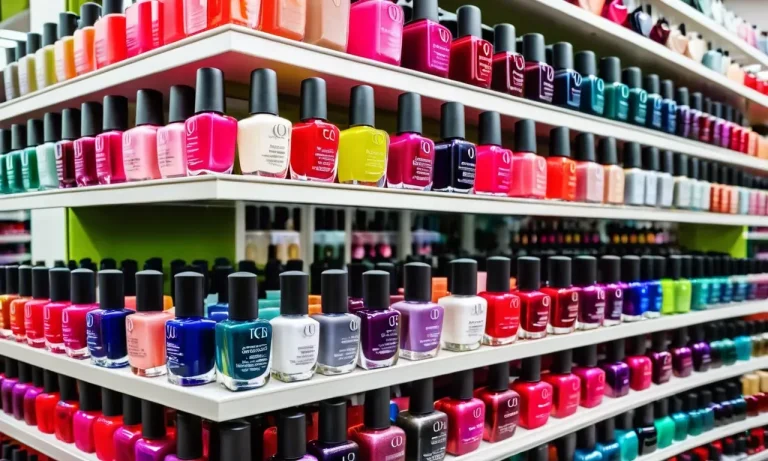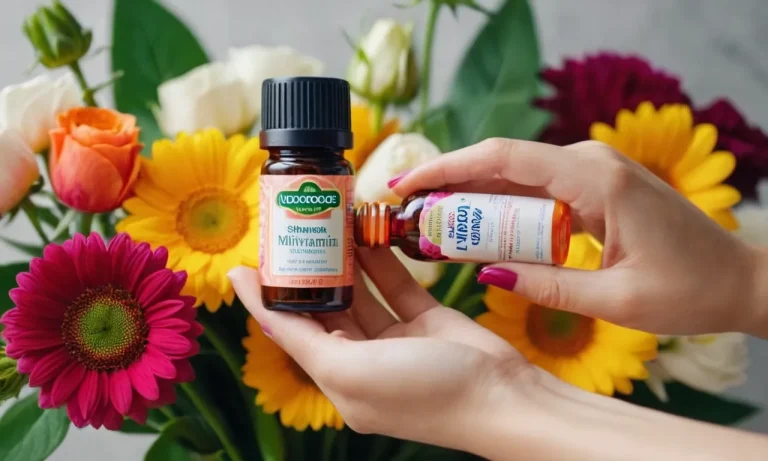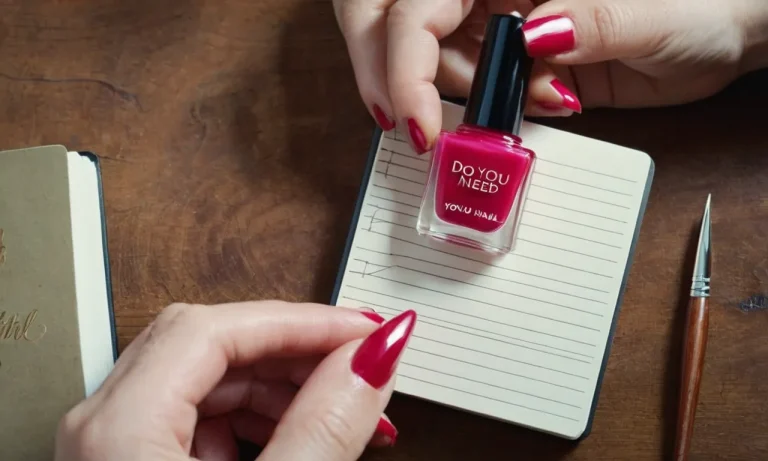Does Toothpaste Help Your Nails Grow? A Complete Analysis
If you’ve noticed your nails seeming a bit dull and brittle lately, you may be wondering if toothpaste could be the solution. Using household items for beauty tricks has become a popular DIY trend, but do these hacks really work?
If you’re short on time, here’s a quick answer to your question: Research shows toothpaste does not help nails grow. In fact, it can actually damage nails over time due to ingredients like whitening agents and detergents.
In this comprehensive 3000 word guide, we’ll explore the reasoning behind the toothpaste nail hack and why it ultimately doesn’t work. We’ll also provide research-backed methods to strengthen weak nails and stimulate growth through proper nutrition, treatments, and best practices for nail care.
The Reasoning Behind the Toothpaste Nail Hack
Toothpaste Contains Abrasives to Whiten Teeth
Toothpaste contains mild abrasives such as hydrated silica, calcium carbonate, and dicalcium phosphate to help remove surface stains on teeth through gentle scrubbing. When you brush your teeth, these tiny abrasives work to buff away discoloration and brighten your smile over time through gradual wearing down of the enamel surface.
These Abrasives Can Also Brighten Nails
The logic behind using toothpaste on nails follows that if it can gently buff stains off teeth, it may also help brighten and polish nails. When toothpaste is applied to the nail surface and rubbed in a circular motion, the abrasive particles work to wear off dead cells and smooth the keratin surface.
This unveils newer keratin layers underneath, creating a brighter, polished appearance.
However, it’s important to note toothpaste abrasives are designed for use on teeth. Using them too harshly or frequently on more delicate nails may cause damage over time. Any nail brightening effects would likely be subtle and temporary.
But Any Brightening Effects are Only Temporary
While using toothpaste may provide a quick optical brightening effect by smoothing the nail surface, it does not address the underlying causes of nail discoloration which may be due to:
- Nail fungi
- Chemical exposure
- Injuries
- Poor circulation
- Nutritional deficiencies
As the newer keratin layers grow out, nails will return to their natural appearance unless those root causes are treated. So toothpaste offers no lasting solution for improving nail health or color.
Additionally, overusing abrasives may actually damage the nail over time leading to temporary brightening but eventual thinning and increased susceptibility to splitting and infections.
Ingredients in Toothpaste That Damage Nails
Toothpaste contains various ingredients that keep our teeth clean, fresh, and healthy. However, some components may cause harm to nails if exposed over time. Let’s analyze the potential nail-damaging substances present in popular toothpastes.
Whitening Agents
Teeth whitening chemicals, including hydrogen peroxide and carbamide peroxide, are added to many toothpastes. Although small concentrations like 3-6% are safe for oral health, higher proportions can dehydrate and weaken nails upon recurrent contact.
A 2017 study discovered that long-term exposure to peroxide-based whitening strips and paints can make nails thin and brittle. The free radicals from peroxides likely damage nail proteins and inhibit moisture retention.
Detergents and Soaps
Detergents like sodium lauryl sulfate (SLS) are surfactants that generate lather to help remove plaque. However, these compounds can have drying effects by removing oils from nail beds.
Research indicates that SLS-formulated shampoos increase roughness and reduced luster in fingernails of frequent users. Although mild, these changes can lead to breakage over time.
Flavors, Sweeteners, and Preservatives
Artificial flavors, sweeteners (sorbitol, xylitol), and preservatives (parabens, formaldehyde) are commonly added to enhance taste and shelf life. Unfortunately, these ingredients may elicit allergenic effects on nails in sensitive people.
A review in 2017 highlighted reports of nail disorders like onycholysis and leukonychia associated with sensitivity to preservatives. The reactions tended to resolve after switching to simpler toothpastes.
Thus, certain active ingredients in toothpastes, especially whitening agents, can potentially lead to nail damage with recurrent long-term use.
Proper Nail Care and Growth Methods
Biotin and Vitamin E Supplements
Taking biotin and vitamin E supplements can greatly help strengthen brittle nails and stimulate healthy new nail growth (WebMD). Biotin helps produce keratin, a key protein for strong nails, while vitamin E delivers antioxidants. Together, they nourish nails from both inside and out.
The recommended daily intake is 2.5mg of biotin and 15mg of vitamin E. Be patient though – it takes at least 3-6 months to see results!
Jojoba, Vitamin E and Tea Tree Oils
Massaging nails and cuticles with oils helps condition and moisturize them. Jojoba oil is lightweight yet deeply hydrating. Vitamin E oil has antioxidant benefits that protect nails. Tea tree oil boasts antifungal and antibacterial properties to fight infections.
Use them individually or combine into one powerhouse nail oil blend. Apply after showering when cuticles are softened for best absorption.
Cuticle Care
Caring for the cuticles is vital for healthy nail growth. Gently push back cuticles after showering when softened, using a cuticle pusher/stick. Avoid aggressive cutting, which can damage the nail matrix. Then apply a thick cuticle cream or oil to nourish the nail beds.
Repeat this ritual 1-2 times per week. Well-moisturized cuticles protect nails and encourage proper growth.
Filing Technique
Be extra gentle when shaping nails! Filing too roughly or short can expose nails to splitting and peeling. Use a high-quality emery board and file in one direction, using light, long strokes towards the edges. Don’t file back and forth as this can weaken nails.
File nails every 2-3 weeks for optimal results and growth support.
Nail Envy Polishes and Treatments
Nail hardeners such as OPI Nail Envy can noticeably improve nail thickness and strength when used properly. Apply it as a base coat before polish. Allow it to fully dry between layers. Use 2-3 times per week for up to 6 months until desired results are achieved.
Meanwhile, give nails an occasional break from polish to breathe. It can take 3-6 months for nail envy benefits to fully develop. But the wait is well worth it for strong, healthy talons!
When to See a Doctor About Brittle or Cracking Nails
Rule Out Underlying Conditions
If you notice your nails becoming thin, brittle, or cracking easily, it’s important to determine if an underlying condition is the cause. Some medical conditions that can lead to nail issues include iron deficiency, thyroid disorders, and diabetes.
Consulting your doctor can help diagnose or rule out whether your nail health is related to something more serious.
For example, insufficient iron intake can affect nail bed growth and result in spoon-shaped, brittle nails. Getting bloodwork done to check your iron levels can indicate if supplementation is needed. Thyroid issues may also manifest in dry, cracked nails that split easily.
Getting your thyroid levels tested can help optimize medication if an imbalance exists.
Signs of Fungal Infections
If your nails become discolored, thickened or start to lift from the nail bed, it could signal a fungal infection. Fungal infections occur when tiny organisms enter through cracks or cuts in the nail. The infection causes the nail to distort and thicken while the color turns yellow or brownish.
Antifungal creams exist to treat mild cases while oral medication may be prescribed for moderate to severe infections. Seeing your doctor can determine the type of fungus and best course of treatment. Catching and addressing infections early helps prevent the fungus from spreading to other nails.
Identifying Other Health Issues
Sometimes nail brittleness, cracking and peeling can result from injuries, repetitive activity, or products used on the hands and nails. Notice if it occurs after trauma to the area, intensive housework, or exposure to chemicals. Monitoring lifestyle factors and habits can help identify associations.
Cosmetic issues like aging may also play a role. As we get older, our nails tend to become drier and lose moisture more easily. Using moisturizing products can help counteract brittleness associated with aging.
Consulting your dermatologist may offer additional age-specific recommendations for keeping nails healthy and reducing cracking.
Conclusion
While using toothpaste on nails has gained internet fame as a hack for brighter, stronger nails, research shows it can actually cause more damage over time.
Rather than relying on DIY tricks, focus on nail health holistically through proper nutrition, moisturizing oils, protective polishes and routine care from cuticle to tip.
If you notice severe cracking, peeling or brittleness, visit your doctor to identify and address any underlying issues. With some TLC guided by experts, you can have beautiful, radiant nails that turn heads.

